Branding is more than just a logo or a catchy tagline. To put it in simple words, branding is the essence of how a business is perceived. It shapes customer trust, loyalty, and recognition, making it a crucial factor in long-term success.
A strong brand differentiates you from competitors and builds an emotional connection with your audience. But how do you harness branding’s full potential?
We all clearly have come across all the brands and their personalities.
We all know what it’s like to curate our Facebook, Instagram, Twitter, TikTok etc. feeds to reflect certain sides of our personalities.
But for most of the general public, all of those accounts are rolled into one big display of our personality.
Truth be told, most of us don’t even know we’re building personal brands. Our posts are just what we happen to think about stuff but that in itself becomes a brand because our followers and friends start associating our names with food pictures or cat memes or revolutionary leftist commentary.
And because all of us have experience of playing up certain sides of our personalities and playing down others, we have a somewhat intuitive understanding of branding.
In this blog, we’ll explore what branding truly means and how businesses can leverage it effectively to drive growth, establish authority, and create a lasting impact in their industry. Let’s dive into the power of branding!
What is Branding?
Branding is the process of creating a distinct identity for a business, product, or service through elements like logos, colors, messaging, and customer experience. It goes beyond visuals, shaping perceptions, emotions, and trust among consumers.
A strong brand builds recognition, loyalty, and credibility, helping businesses stand out in competitive markets and establish a lasting connection with their audience.
Why is Branding Essential for your Business?
Branding is essential for your business as it creates a unique identity, builds trust, and strengthens customer loyalty.
A strong brand differentiates you from competitors, enhances credibility, and influences purchasing decisions. It also drives customer engagement, supports marketing efforts, and adds long-term value to your business.
What are the benefits of Branding?
Branding is a powerful tool that drives business success by shaping perceptions and building lasting connections with customers. A well-established brand offers numerous advantages that go beyond just recognition. Therefore, by investing in branding, businesses can create a lasting impression, build trust, and achieve sustainable growth in the long run.
Here are some key benefits of branding:
1. Brand Recognition & Awareness
A strong brand helps customers easily identify and remember your business, making you stand out in a crowded market.
2. Builds Trust & Credibility
Consistent branding establishes reliability and professionalism, encouraging customers to choose your business over competitors.
3. Customer Loyalty & Retention
Emotional connections with a brand lead to higher customer retention, repeat purchases, and strong brand advocacy.
4. Competitive Advantage
An established brand differentiates you from competitors, making it easier to attract and retain customers.
5. Supports Marketing & Advertising
A well-defined brand enhances the effectiveness of marketing campaigns, ensuring a consistent message across all platforms.
6. Increases Business Value
Branding strengthens your market position, making your business more attractive to investors, partners, and potential buyers.
7. Employee Motivation & Pride
A strong brand fosters a sense of belonging and motivation among employees, enhancing productivity and workplace culture.
5 Examples of Successful Branding
Successful brands create a strong identity that resonates with their audience, building trust, loyalty, and recognition with the customers. Companies that excel in branding go beyond just logos, as companies craft compelling stories, maintain consistency, and build emotional connections.
Here are some standout examples of successful branding:
1. Apple – Innovation & Simplicity
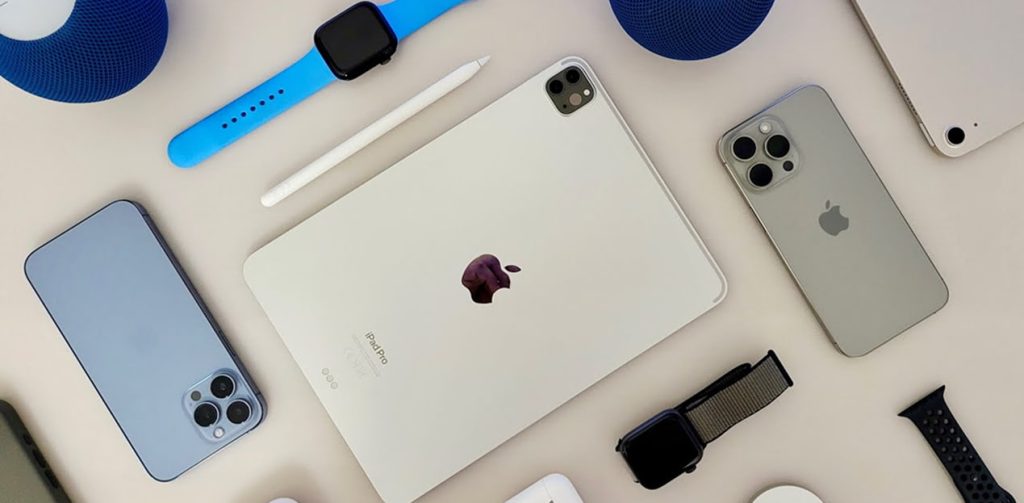
Apple’s branding is built on innovation, sleek design, and premium user experience. Their minimalist approach, strong messaging, and loyal customer base make them a global icon.
Apple’s ecosystem of products, along with its seamless integration and customer-focused approach, sets it apart from competitors. Their marketing emphasizes creativity and exclusivity, making Apple more than just a tech brand it’s a lifestyle.
2. Nike – Inspiration & Empowerment
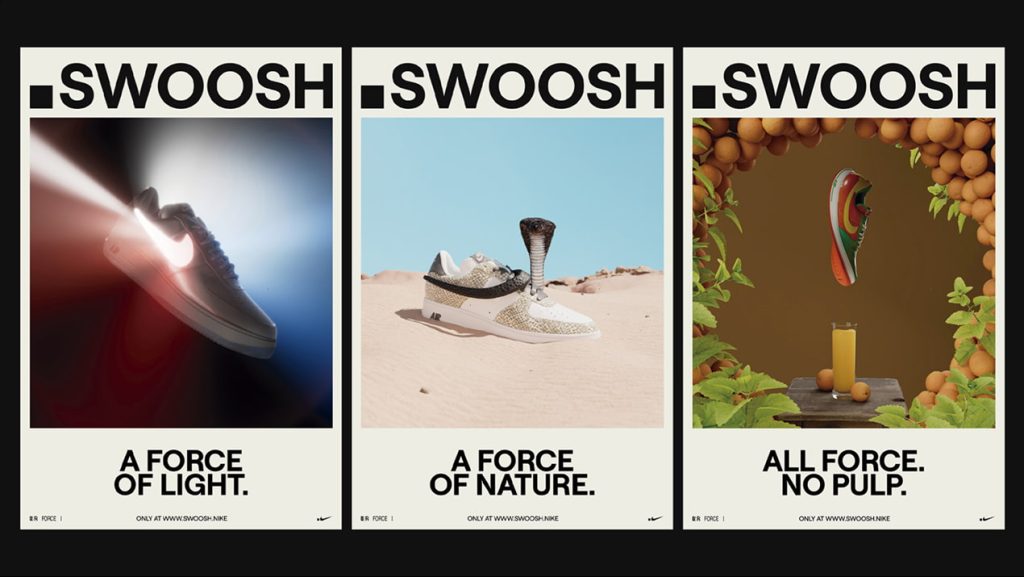
Nike’s “Just Do It” slogan and swoosh logo embody motivation and performance. Their branding strategy focuses on storytelling, athlete endorsements, and emotional engagement.
Nike’s campaigns consistently highlight perseverance, diversity, and breaking barriers, making the brand a symbol of empowerment. Their collaborations with top athletes and innovative product designs further enhance their strong brand identity.
3. Coca-Cola – Timeless Connection
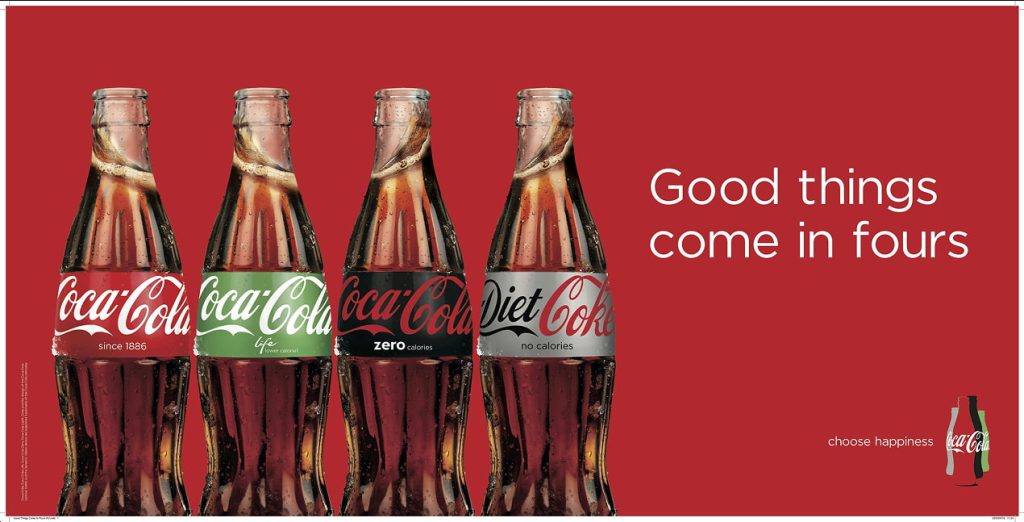
Coca-Cola’s branding revolves around happiness and togetherness. Their iconic red and white logo, emotional advertising, and consistent messaging have created a globally recognized brand.
Through campaigns like “Share a Coke” and heartwarming holiday commercials, Coca-Cola has successfully positioned itself as a brand associated with joyful moments and social connections, ensuring long-term consumer loyalty.
4. Tesla – Disruptive Innovation
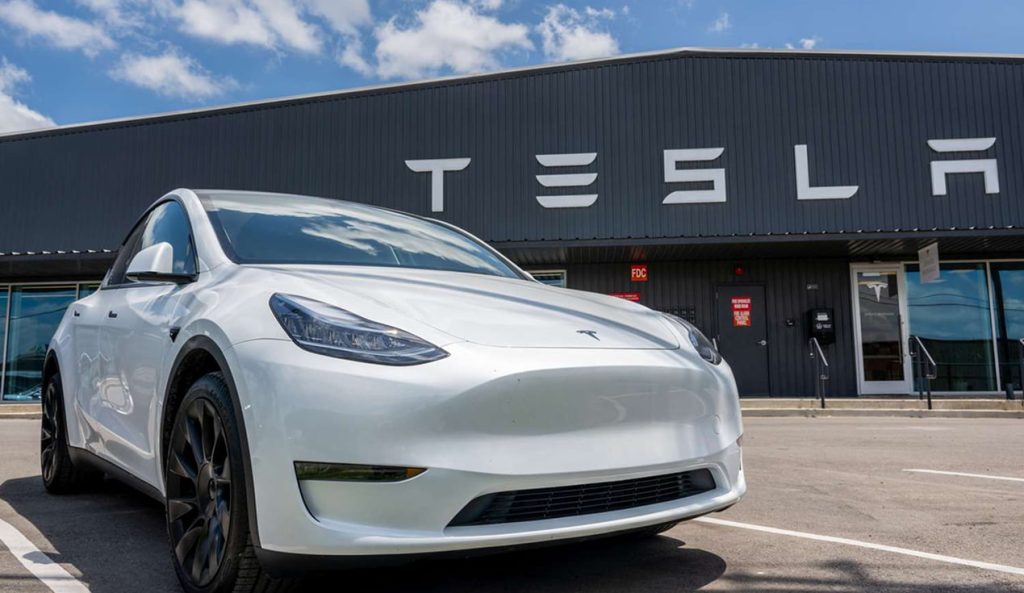
Tesla has positioned itself as a leader in sustainability and innovation. Their branding emphasizes cutting-edge technology, eco-friendliness, and an aspirational lifestyle.
Unlike traditional car companies, Tesla focuses on direct consumer engagement, with Elon Musk’s strong personal branding further amplifying its impact. Tesla’s commitment to sustainability and high-performance electric vehicles has made it a symbol of futuristic and responsible innovation.
5. McDonald’s – Consistency & Familiarity
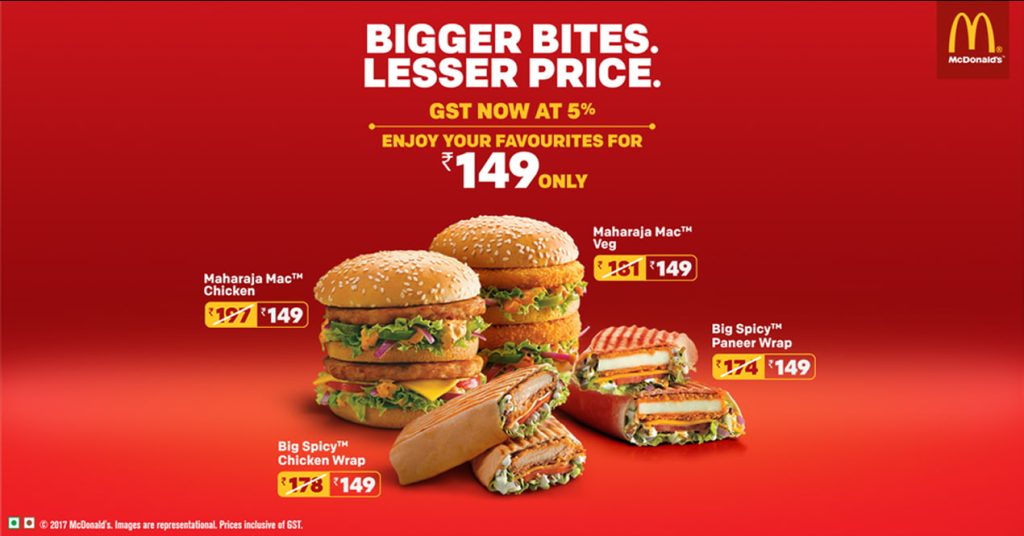
McDonald’s branding focuses on convenience, affordability, and a friendly atmosphere. Their golden arches, mascot, and consistent customer experience reinforce their global presence.
Therefore, with a strong emphasis on uniformity, McDonald’s ensures that no matter where you go, the experience remains the same. Their strategic use of nostalgia, limited-time promotions, and family-friendly branding makes them a household name worldwide.
Advantage of the potential branding
It’s all about finding the truth of your brand. To build a strong and impactful brand, it is essential to ask the right questions. Each of these questions is linked to a fundamental aspect of branding. Let’s explore them in detail:
1. Brand Identity
Brand identity defines how your brand looks and feels. It is the visual representation that creates recognition and trust. Consider these questions:
- How does your brand look?
- What’s in a logo?
- What image best represents your brand’s core values?
- Which colors align with your brand’s personality?
2. Brand Positioning
Brand positioning is about how your brand stands in the market and how it differentiates itself from competitors. Ask yourself:
- How is your brand placed in the market?
- Who are your competitors?
- What makes your brand unique compared to competitors?
3. Brand Image
Brand image is the perception of your brand in the minds of the public. It influences customer decisions and loyalty. Key questions include:
- What does the public think about your brand?
- Are people aware of your brand’s existence? If not, why?
- Do they understand your brand’s beliefs and values?
- How can you enhance brand awareness and engagement?
4. Brand Personality
Your brand’s personality defines how it communicates and interacts with its audience. Consider:
- Does your brand have a sense of humor?
- Is your brand more formal, casual, or down-to-earth?
- If your brand were a person, how would you describe its character?
5. Brand Messaging
Brand messaging conveys what your brand stands for and how it communicates with its audience. Ask:
- What is the core message your brand wants to convey?
- What is the one key takeaway for your audience?
- What are your brand’s views on the industry it operates in?
6. Brand Values
Brand values define the beliefs and principles that guide your brand’s actions and decisions. Explore:
- What are the fundamental beliefs of your brand?
- How does your brand demonstrate these values to the public?
- Are there hidden values that your audience is unaware of?
7. Brand Story
Every brand has a story that connects emotionally with its audience. Reflect on:
- What is the origin of your brand?
- Why was this brand created?
- What shaped its personality and vision?
8. Brand Equity
Brand equity refers to the value a brand holds—both emotionally and financially. Evaluate:
- What is the emotional and financial worth of your brand?
- Has your brand become indispensable to your audience?
- How can your brand further strengthen its connection with customers?
A Brief History of Branding
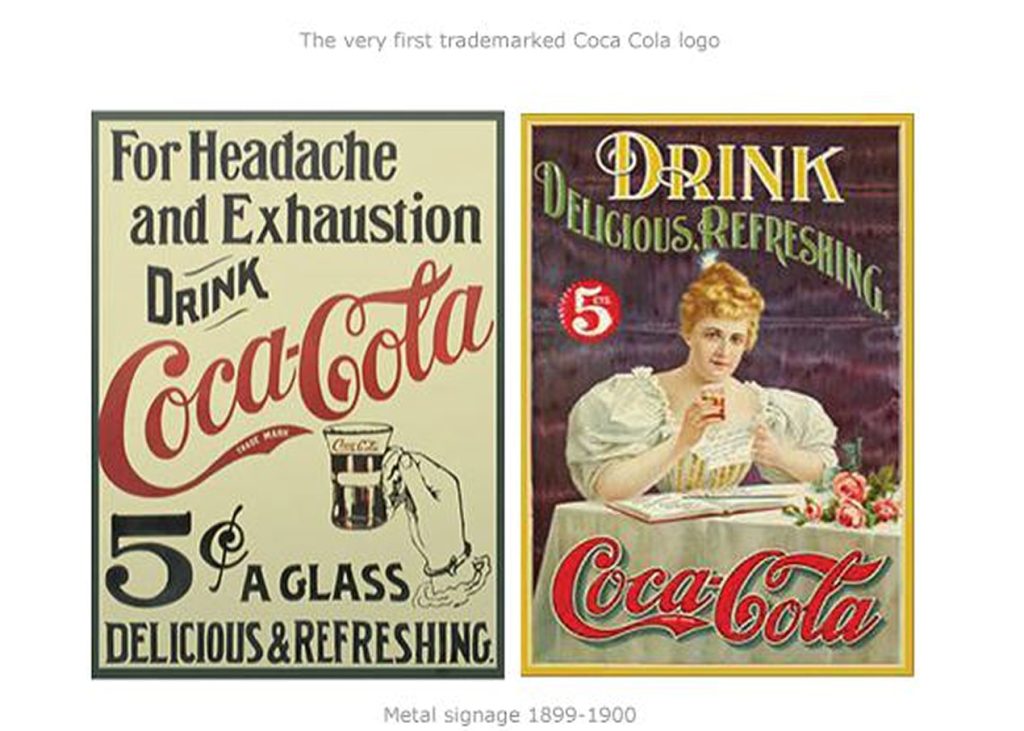
You know how the word “brand” can also mean to stamp your name on something?
Yeah, that’s basically how this whole thing started. Farmers used to brand their cattle with the names of their farms so they could keep track of which cows were theirs. That evolved into more forms of branding.
Early cave painting artists would have a symbol to tell others that “yoKlarrggg made this one cheggit”. Think of cave-people as early versions of Banksy, but interesting and with a more cohesive viewpoint on the world.
In advertising, “branding” didn’t really become important until the 50s or the “Mad Men” era, where creatives started associating values with brands.
Up until that point, you would have three or four companies making cornflakes and you’d choose the one that you liked. Packaging wasn’t flashy and colourful. They were boxes and tins that just had the name of the company on them.
With the advent of more and more companies, it became important to set your product apart from the crowd. So you had the Coca Cola ads that spread the message of friendship and companionship.
You had Campbell’s Soup which associated itself with wholesome meals. The values of a company became arguably as important as the product itself.
Today, it’s almost revolutionary for a brand to not have flashy packaging. When a brand chooses to be minimal, like say Muji or Brandless, they’re making a statement about what their values are. Muji prides itself on simple, well-designed products that are tied together by a philosophy of an uncomplicated life. Brandless’ whole schtick is that their products promise nothing but simple, good functionality. The Brandless soap doesn’t promise to make you happy by making your skin glow; it’s just a pretty darn good soap.
Which brings us to our current dilemma.
What exactly is a brand? If a brand is all packaging and copy and colours, Brandless and Muji consistently prove us wrong. But if a brand is nothing but the product, then why do we only know the names of two or three types of soda?
Maybe there’s a great soda out there with no consistent design language that no one drinks because no one knows it exists. Where does the balance exist? How does one break into an already crowded market and have any hope of success?
The Answer
It’s easy to get overwhelmed by the sheer volume of brands in our lives. So let’s go back to the basics. We know what it’s like to build our own personal brands. We do it everyday without even knowing we’re doing it.
Remember the intro? This is what it boils down to: your personal brand is you.
Everything that makes you unique goes into your brand. You’re a passionate designer who enjoys the spectacle of Marvel movies but is known to dabble in arthouse cinema. You love electronic music and are always looking for new artists to follow because there are so many wonderful musicians in the world.
You’re a vegetarian by choice and don’t identify with any particular religion, though you do believe that you’re spiritual. You enjoy yoga as much as you enjoy kravmaga. I could go on but you see the point, right? Your personal brand is just a collection of the things you enjoy, love, think and post about.
Your friends identify all of those things with you so when they throw you a surprise birthday party, they take care to make the menu exclusively vegetarian and get you a Mubi subscription as a birthday present.
Building a brand’s personality works the same way. Your personality seems authentic because you authentically enjoy everything you post about. It’s necessary for your brand to feel authentic, too.
So you associate it with things that fundamentally influence it. Building a brand isn’t about creating a personality for your company. Building a brand is about finding the personality that’s already hiding in there.
If your products are organic and cruelty-free, then congratulations your brand believes in protecting the environment. Your brand believes in lessening the suffering that animals face in scientific trials. Your brand can proudly associate itself with those things.
Once you know the answers to these questions, you’ll be able to start your journey.
Brands aren’t built in a day, they’re built over time as you keep on consistently showing the world who this brand is, and why this brand exists. These aren’t the only questions you’ll have to answer either. You’ll find more questions as time goes by, but soon enough you will be able to look back and see that you’ve built a relationship with your brand.
Just like your audience.
And if you’re having trouble with some of these questions, well, that’s what we’re here for.
Looking for a Branding & Designing of your Business
connect with Doodlo Design via mail contact@doodlodesigns.com